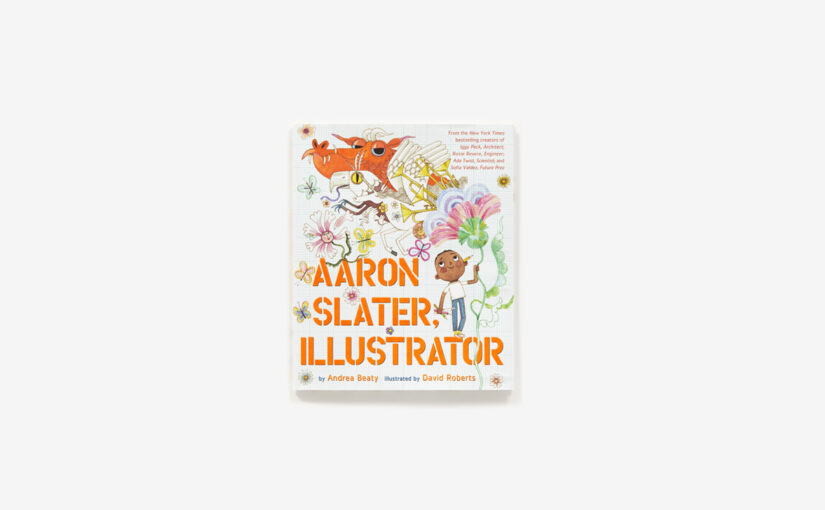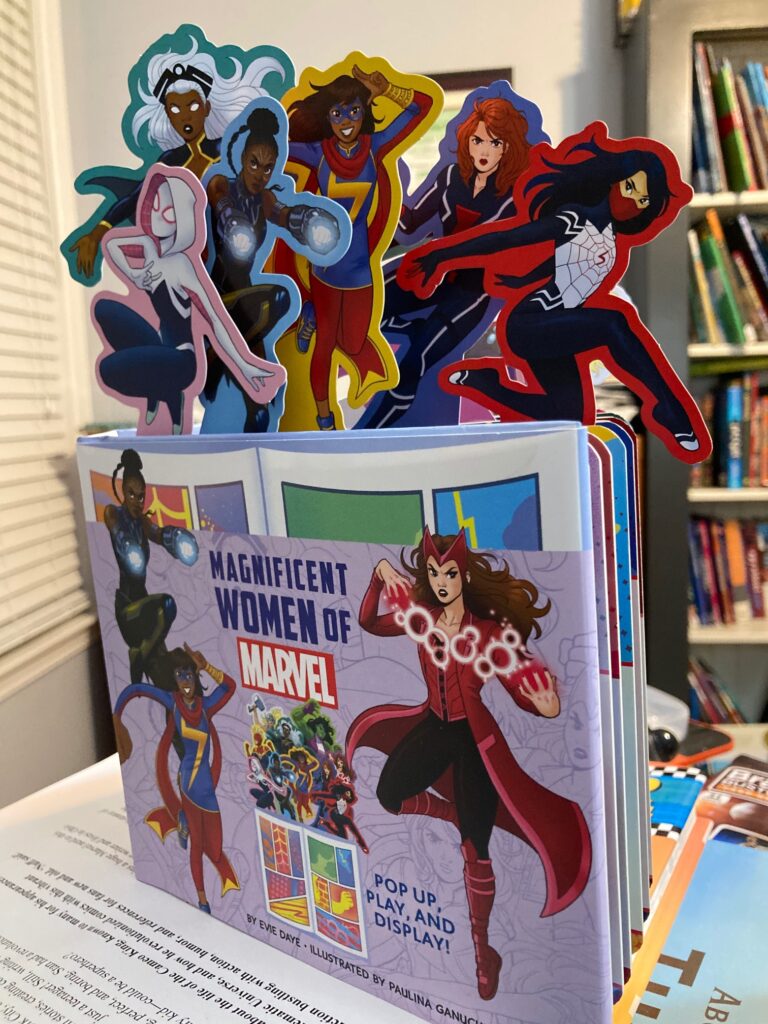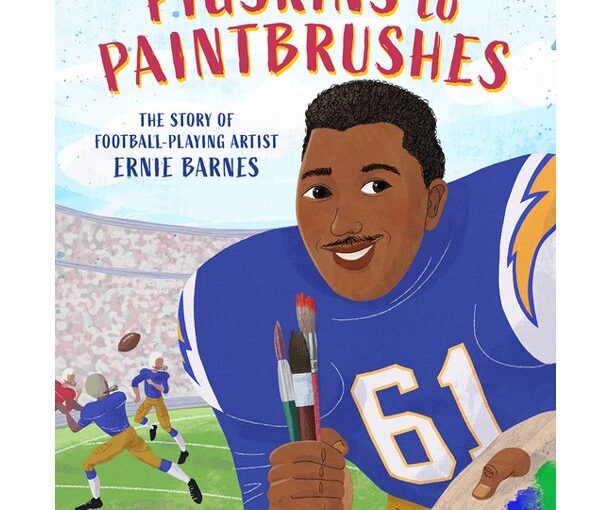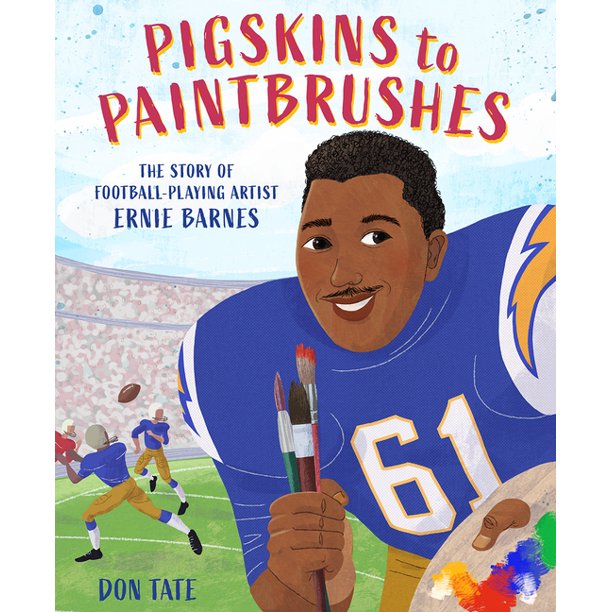The other day I heard on the radio that Touch of Grey was released on this date in 1987. They then went on to chat about Jerry Garcia and I immediately regretted not seeing them on tour with my friend in 1988. However, now I’m all about reading, children’s literature, and introducing kids to great books, which bring us to The Sweetest Scoop, Ben & Jerry’s Ice Cream Revolution. This is a picture book that examines the rise of the duo in the world of frozen treats and corporate responsibility. Don’t read too much into that last series of words because the book is entertaining, has a great narrative, and will make readers smile, in addition to giving them something to learn.



















 Facebook
Facebook Twitter
Twitter Flickr
Flickr GooglePlus
GooglePlus Youtube
Youtube